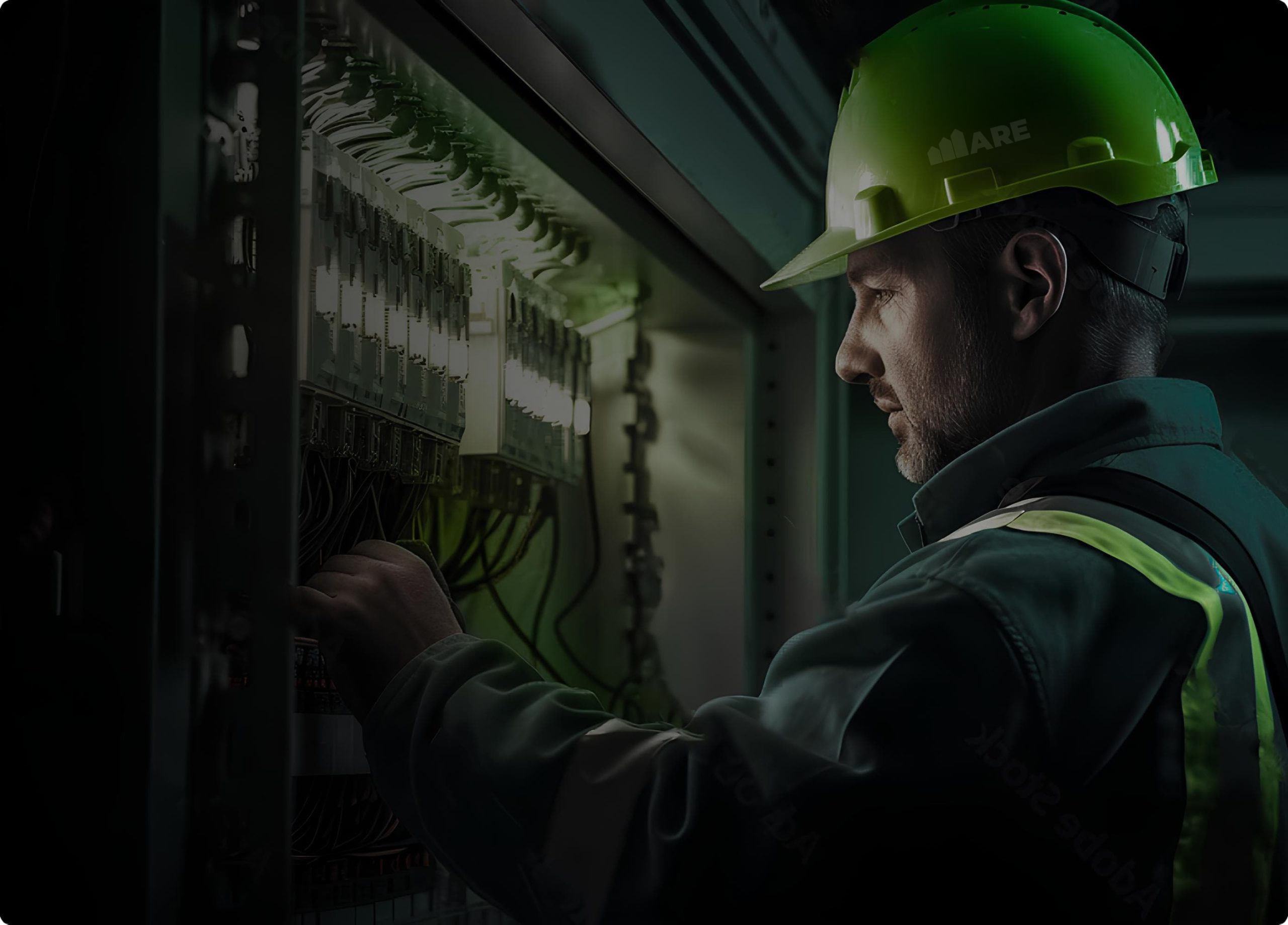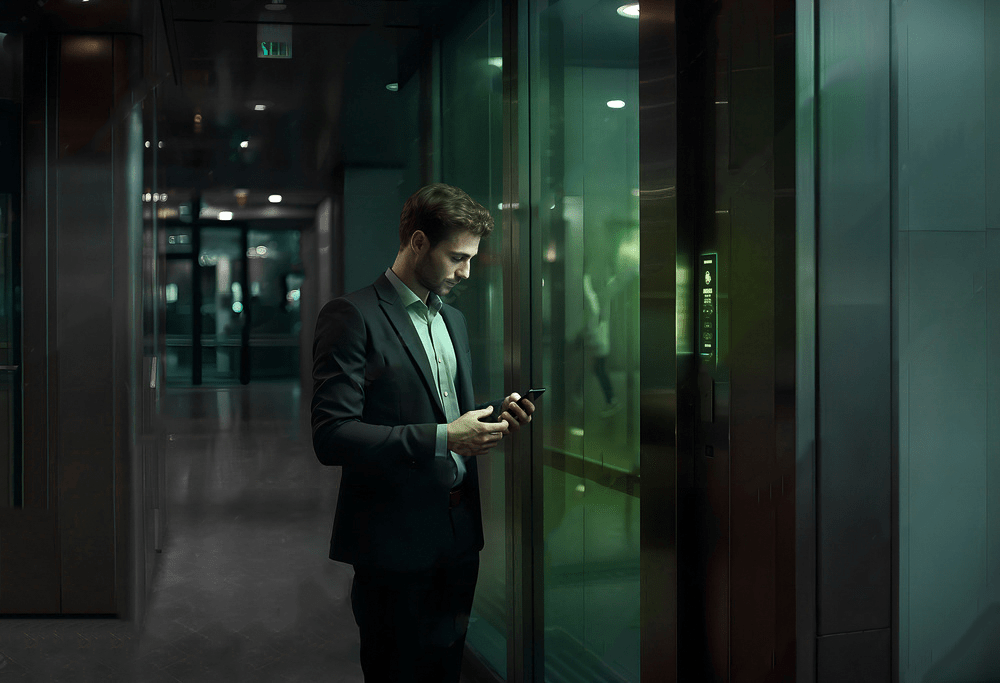Energy-saving electric home lift
Launched in 2009, MANGUSTA is an energy-saving, battery-powered home lift developed with ARE SMART POWER technology. MANGUSTA is the ideal solution for installations in small domestic spaces, apartment blocks, offices or public areas, both indoors and outdoors.

Thanks to the limited installation space required compared to a traditional lift, the MANGUSTA electric home lift is the ideal solution for breaking down architectural barriers and facilitating user mobility.
If there is no existing masonry shaft, and a new one cannot be built, MANGUSTA can be supplied with a metal frame shaft.
Features of this Energy-saving electric home lift Mangusta
Developed with ARE SMART POWER technology and battery-powered, the MANGUSTA electric home lift guarantees high levels of energy efficiency. The opportunity of recharging its batteries using the solar energy produced by the photovoltaic panel (SOL-ARE technology) minimizes the amount of energy drawn from the grid, right down to a consumption level of ZERO.
Tailor-made design
Every Mangusta model is unique.
Our experience allows us to meet the needs of any customer as our solutions offer not only customised dimensions but a customised design too. We can recommend the most suitable materials and colours to ensure every lift is in perfect harmony with the environment around it.
Discover ARE SMART-POWER technology
Display Smart
Energy-saving electric home lift Mangusta compared to other ARE models

Are you an installer or dealer interested in the Energy-saving electric home lift Mangusta?
Frequently asked questions
Is the MANGUSTA home lift silent?
Yes, all our lifts feature soft arrivals and departures. The silence achieved by our ARE SMART-POWER technology gives lift passengers a pleasant sensation of comfort throughout every run.
How much energy is saved with the photovoltaic panel?
Our SOL-ARE technology optimises battery charging using the solar energy produced by a photovoltaic panel. The system automatically selects the ideal energy source (grid or photovoltaic panel) in order to minimize the amount of energy drawn from the grid, right down to a consumption level of ZERO.
Why is the MANGUSTA lift described as “energy-saving”?
Under certain usage conditions, all lifts behave like energy generators. Two of these are the most favourable usage conditions: an empty cabin moving upwards or a full cabin moving downwards. In lifts with a traditional power supply, the energy generated under the conditions described above is wasted as heat by so-called braking resistors. This produces no benefits in terms of energy savings and consequent cost savings. As the energy required for the normal operation of our lifts is provided by batteries, under the conditions described above, these batteries accumulate any energy generated. This results in cost savings as the energy produced free of charge is used later to power the lift. Our lifts also have the option of being powered by a photovoltaic panel (SOL-ARE technology), which makes the lift even more efficient and increasingly independent from the national grid.
Can the MANGUSTA lift travel faster than 0,15 m/s?
No, according to the Machinery Directive 2006/42/EC, the speed of home lifts in EU countries cannot exceed 0.15m/s. In countries outside the European Union this speed can reach up to 0.3m/s
How many runs can be made in the event of a power failure?
With the batteries charged and under optimal usage conditions, up to 60 runs can be made. This ensures efficient service even during a blackout.
How long do the batteries last? How much do they cost?
The main power supply for our ARE systems is based on the use of lead-acid batteries, which are widely used in the automotive world. They guarantee a long service life, low costs and excellent performance. Like all batteries, they have a lifecycle, which is long and can be replaced for a limited cost.
What are the benefits of your electronic load weighing system?
Normally, the electronics for reading the load sensor are positioned on the cabin roof, so that is where the calibration procedure has to be conducted. This means the technician has to take care not to include their own weight in the measurements. It also means that for any information about the weight in the cabin you always have to climb onto the roof. In our system, on the other hand, the load sensor reading electronics are still positioned on the cabin roof, but they are connected to the control panel. So, all operations (calibrations, cabin weight readings, fault diagnoses etc.) are carried out from our Smart-Chopper board, i.e. the control panel.
What happens if the batteries go flat?
The batteries are monitored by a system that checks their status and stops the lift when the batteries are not sufficiently charged. If this happens during a run, the system ends the run and remains stopped at that floor while it recharges. As soon as the batteries are sufficiently charged, the system starts working normally again. We can assure the customer that this type of situation occurs only very rarely because the batteries are sized according to a number of insertions per hour that the lift is unlikely to ever perform.


